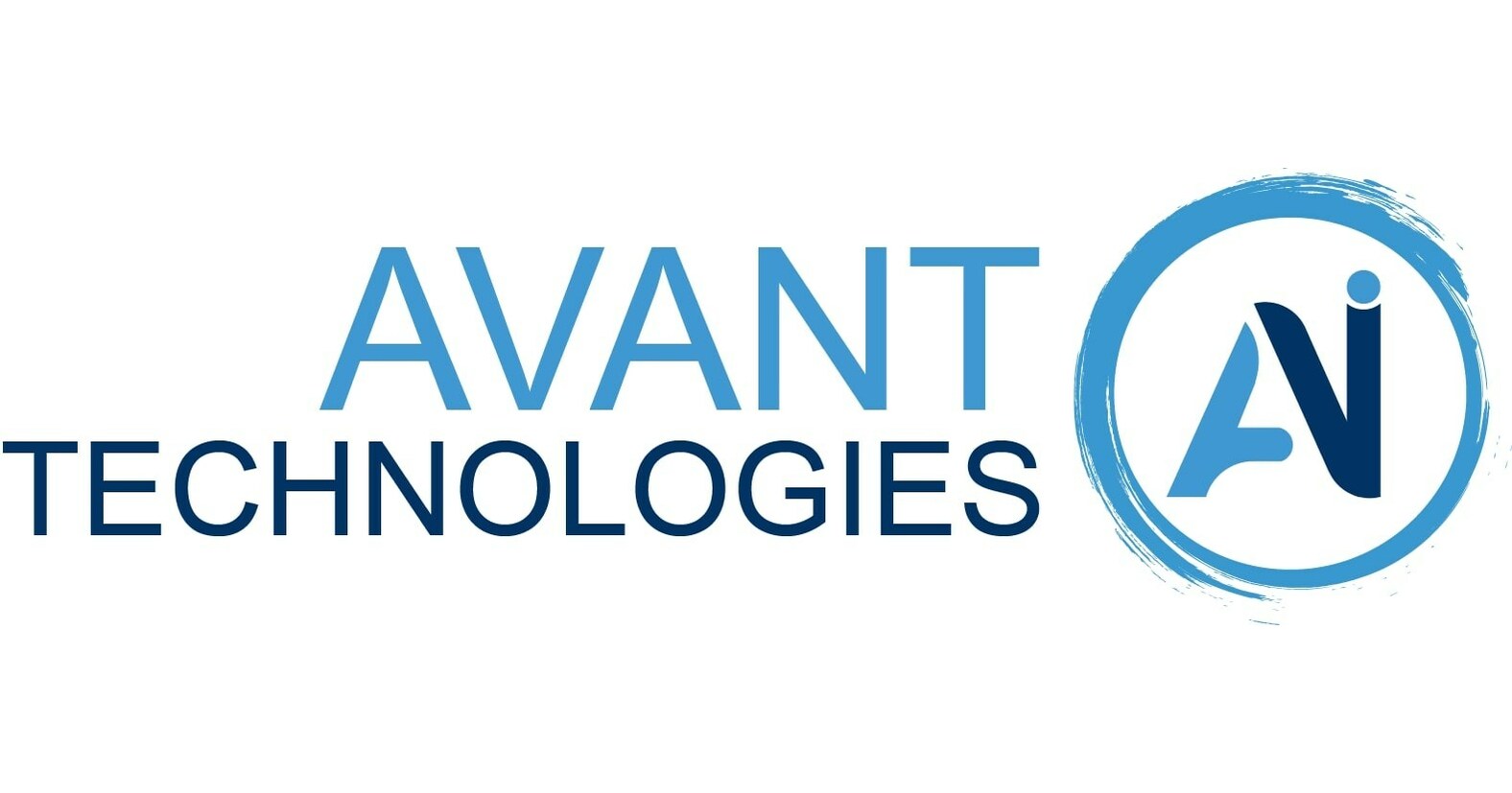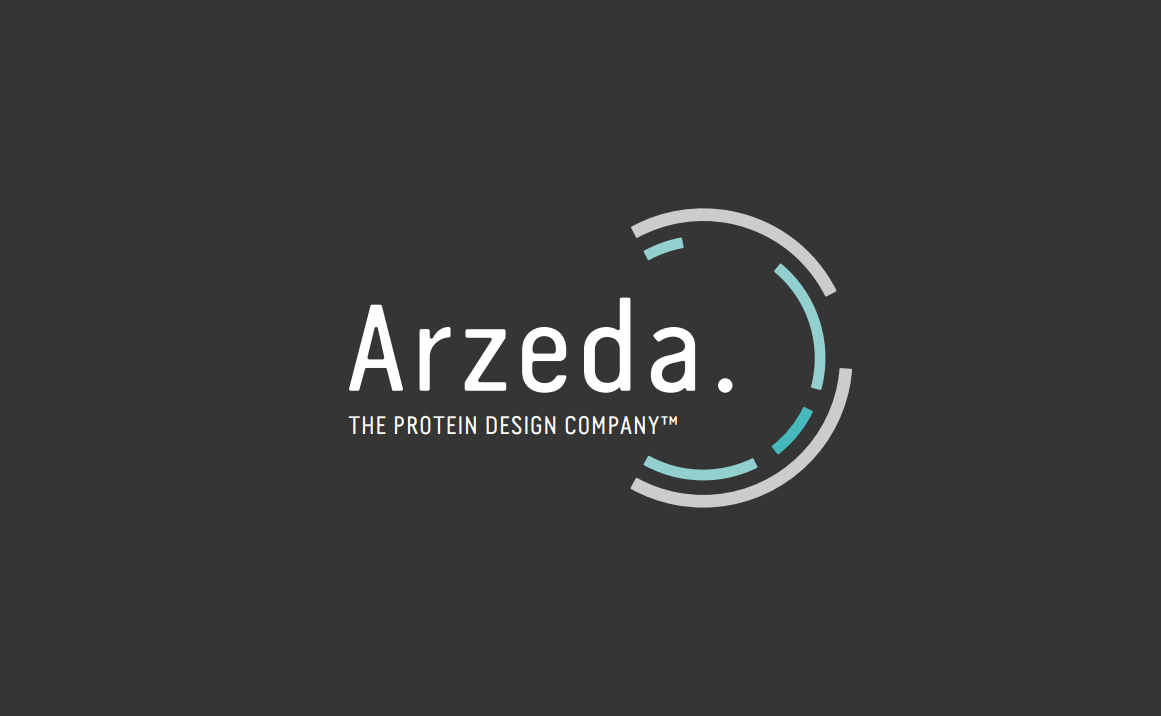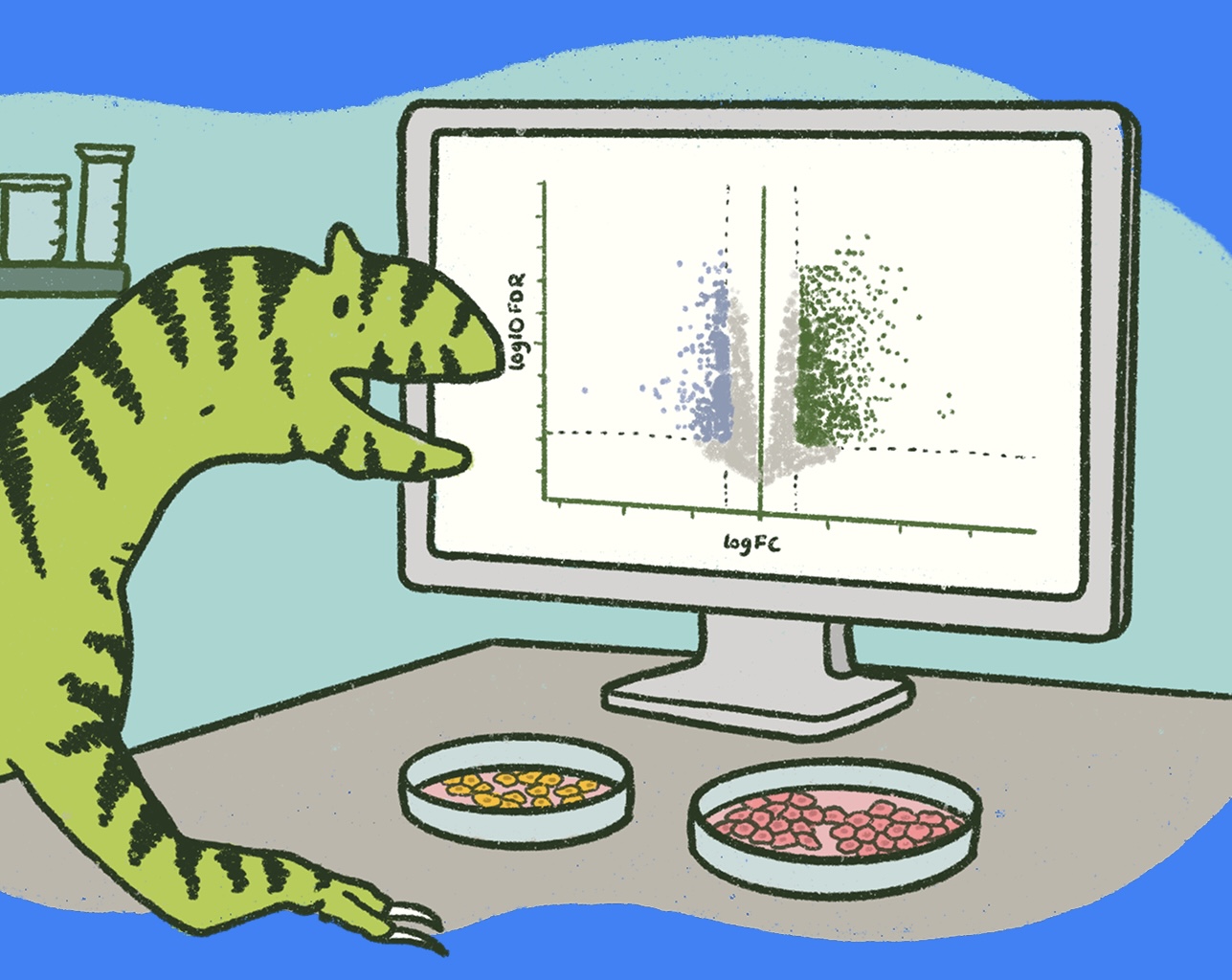
A Coronavirus Vaccine Candidate In Six Days? This Company Is Fast-Tracking Vaccine Development With The First Fully Automated Gene Synthesis Platform
A Coronavirus Vaccine Candidate In Six Days? This Company Is Fast-Tracking Vaccine Development With The First Fully Automated Gene Synthesis Platform
In 2013, a mysterious new flu virus hit the world. It was the H7N9 strain of bird flu, and by the time it infected 120 and killed 23, researchers still didn’t know how it was transmitted or how to stop it. As the virus arrived in the dense Chinese province of Hunan, health officials began to fear the worst.In the U.S., they called Dan Gibson. Gibson was Vice President of DNA Technology at Synthetic Genomics, the research institute founded in 2005 by genomics pioneers Craig Venter, Ph.D., and Nobel Laureate Hamilton Smith, M.D., shortly after the completion of the Human Genome Project. Among its research milestones, the institute created the first synthetic cell, designed in a computer and DNA-printed completely from scratch.Gibson was given a download link to the DNA sequence of the bird flu virus and told to do one thing: design a vaccine.
Who you gonna call?
Gibson is the namesake of the Gibson assembly method, the world’s leading branded method of joining DNA fragments together that he pioneered just four years before. The method lets you join DNA fragments together in a single step, and it proved to have a huge multiplying effect on the entire field of synthetic biology. So who better to ask for a DNA solution to the bird flu?

Dan Gibson is a pioneer in synthetic biology who can design vaccines against coronavirus and other pathogens in about an hour. Now, labs can put his methods to work on their own benchtops. Codex In truth, Gibson had been preparing for this moment for years. His team was already collaborating with Novartis on a grant from the Biomedical Advanced Research and Development Authority (BARDA) on pandemic preparedness. The goal of that project was to create a vaccine against the H1N1 virus. BARDA designed some ambitious, forward-thinking exercises where project members were given an H1N1-type pandemic scenario, a DNA sequence, and a one-week deadline to manufacture a vaccine.Even in 2013, Gibson’s team had shown they could design a vaccine candidate within about 24 hours once given the virus sequence. But they knew that many of the things they were doing in the laboratory could be automated, which would enable others to pursue alternative vaccine candidates in parallel. They had been building a prototype machine that integrated all of their learnings and processes into a single box when H7N9 hit.“This is not a fire drill anymore,” Gibson recalls thinking to himself. “This is the real deal.”Gibson’s team and its prototype system successfully developed an H7N9 vaccine, which Novartis made and the US government stockpiled. Fortunately, the virus did not become a pandemic. But the goal of putting their lab’s genius into a single box became the origin of a new company and a new product.

The genetic evolution of H7N9 bird virus in China, 2013. Like the novel coronavirus, the H7N9 bird virus probably originated in so-called wet markets. U.S. Centers for Disease Control
The birth of Codex DNA and the BioXp 3200 system
Codex DNA (formerly SGI DNA) was launched to make this technology available to researchers everywhere. Codex says that its flagship machine — the BioXp 3200 system — is the world’s first commercially available, fully automated gene synthesis platform. It synthesizes ready-to-use custom DNA overnight.The same machine can be used to make DNA to create diagnostic tools, design and develop vaccines, or synthesize the cells to make those vaccines.The instrument can make up to 32 genes at a time, and it can incorporate downstream processes like assembling the genes into the customer’s favorite host organism. It can also be used with newer cell-free methods of amplifying DNA to create micrograms of material.Part of the “special sauce” in the BioXp system is its error correction process. The Codex team puts specific enzymes in the reagent mix that recognize and remove any unwanted mutations from the population. This allows Codex to synthesize extremely high-fidelity genes, which is critical to applications involving human therapies.It’s not only a research tool, but also a biomanufacturing tool across a wide range of applications. “The system streamlines clinical research and allows for distributed manufacturing of personalized therapies,” Gibson told me. It’s the kind of tool that’s needed in hospitals everywhere to not only make brand-new drugs locally, but also to realize the dream of individualized treatments for cancer, rare diseases, and other maladies that humans suffer.In September, Codex closed a $25 Million Series A financing round to support the commercial launch of the BioXp system, and the company is now focused on making the system accessible to anyone in the research community who has a need for on-demand DNA synthesis across a variety of fields, including vaccine development, antibody drug discovery, personalized medicine, and beyond.
Tackling coronavirus
In particular, Gibson and his team are on a mission to get this platform to any researcher working on coronavirus to help in the effort to develop and make therapies and vaccines. There are now hundreds of BioXp systems around the world, with customers now doing in their lab with the BioXp system what Gibson alone was doing back in 2013.In addition, Codex can provide researchers most anything they might need to fight the SARS-CoV-2 virus, including positive Synthetic RNA controls for tests, the full synthetic genome for vaccine and treatment development, and custom-order antigen panels and antibody libraries—all of it made on the BioXp system.“The challenge with coronavirus”, says Gibson, who is now the CTO of Codex, “is that there's no defined process yet for how you go from your vaccine candidate to a final vaccine.” Codex’s customers and partners aren’t immune to that challenge, but the BioXp system is drastically speeding up the process of developing vaccine candidates.Gibson says of one of his customers: “He had ordered reagents from us and six days later he was injecting a vaccine candidate into mice.”All of this is light-years ahead of the current seasonal flu vaccine process, where you typically wait to receive a mucus sample in the mail, isolate the virus, inject it into chicken eggs, and then let them incubate. The whole vaccine selection and production process can take six months, by which time the virus has mutated and your vaccine may not work that well.“What's so amazing about synthetic biology is that if you have the DNA sequence, you can just download it and start synthesizing it right away,” he says.In a world where infections can travel as fast and far as a jet plane, we’ll need biological defenses that can travel at the speed of the internet.Follow me on Twitter at @johncumbers and @synbiobeta. Subscribe to my weekly newsletters in synthetic biology. Thank you to Stephanie Michelsen for additional research and reporting in this article. I’m the founder of SynBioBeta, and some of the companies that I write about—including Codex DNA—are sponsors of the SynBioBeta conference and weekly digest. Here’s the full list of SynBioBeta sponsors. Originally published on Forbes: https://www.forbes.com/sites/johncumbers/2020/05/14/a-coronavirus-vaccine-in-six-days/



.svg)










-min.png)
.gif)